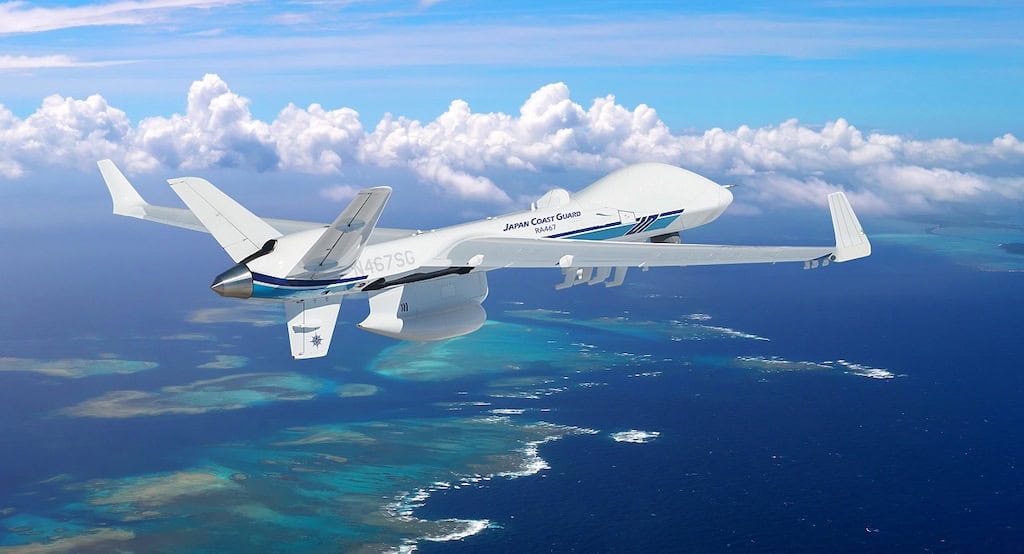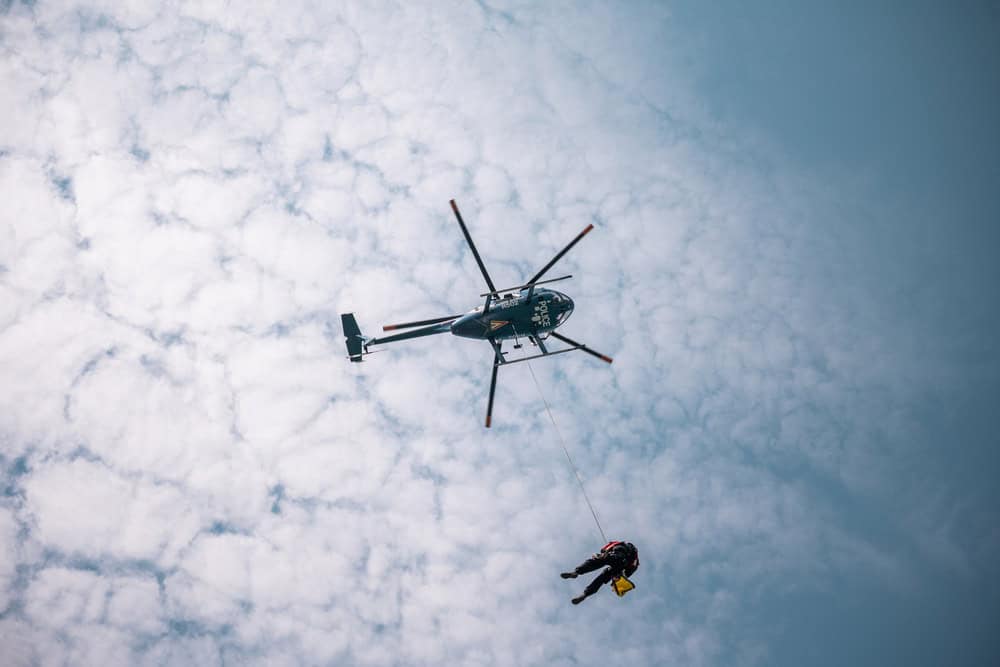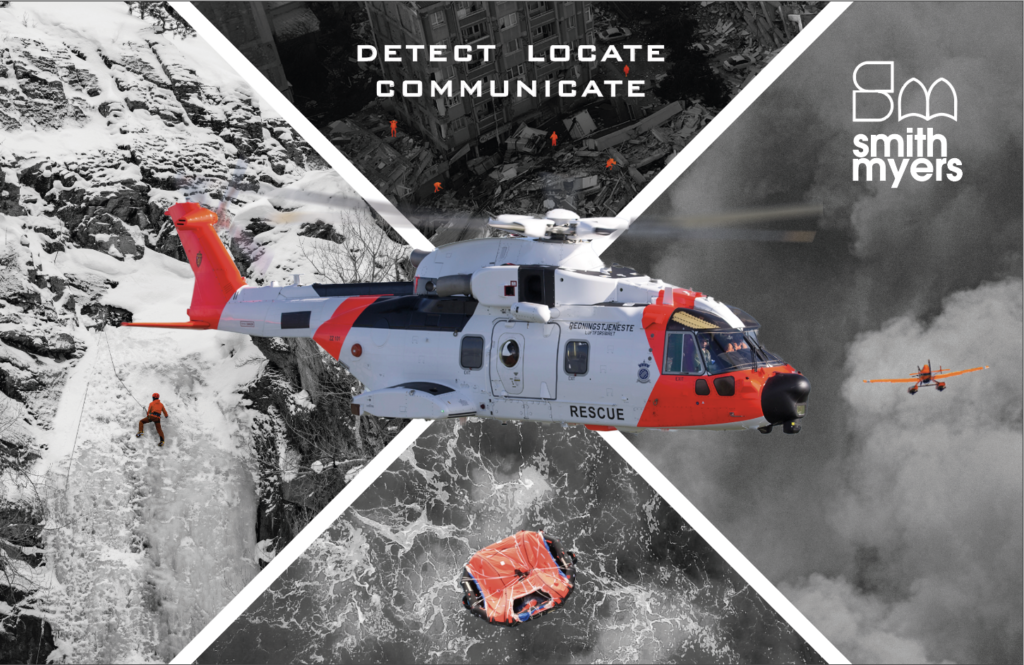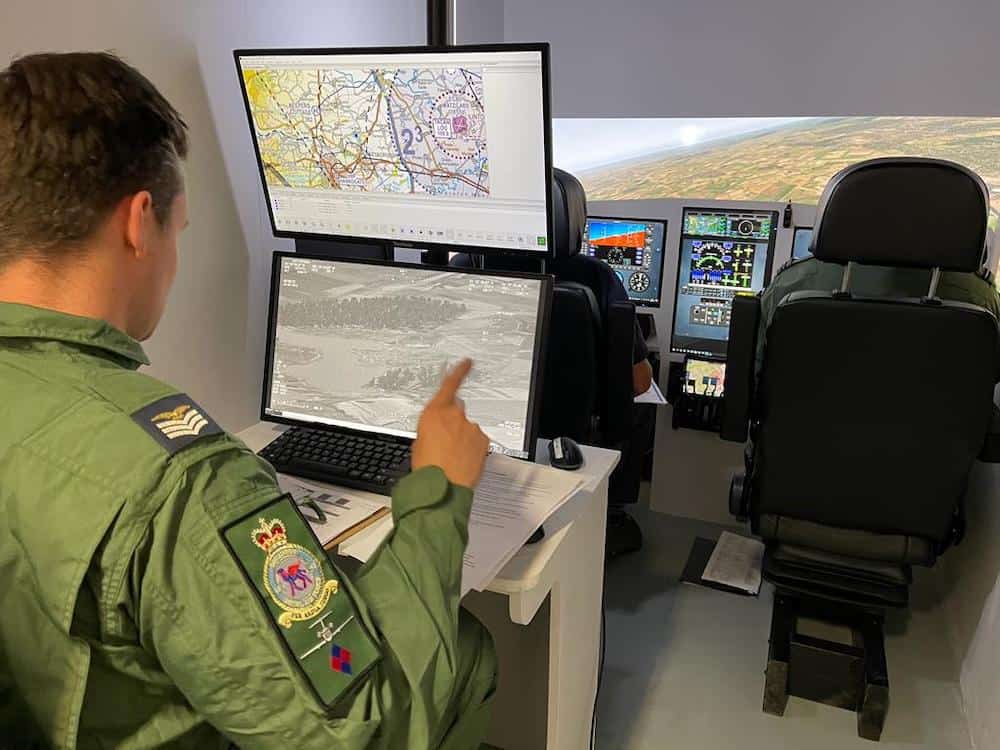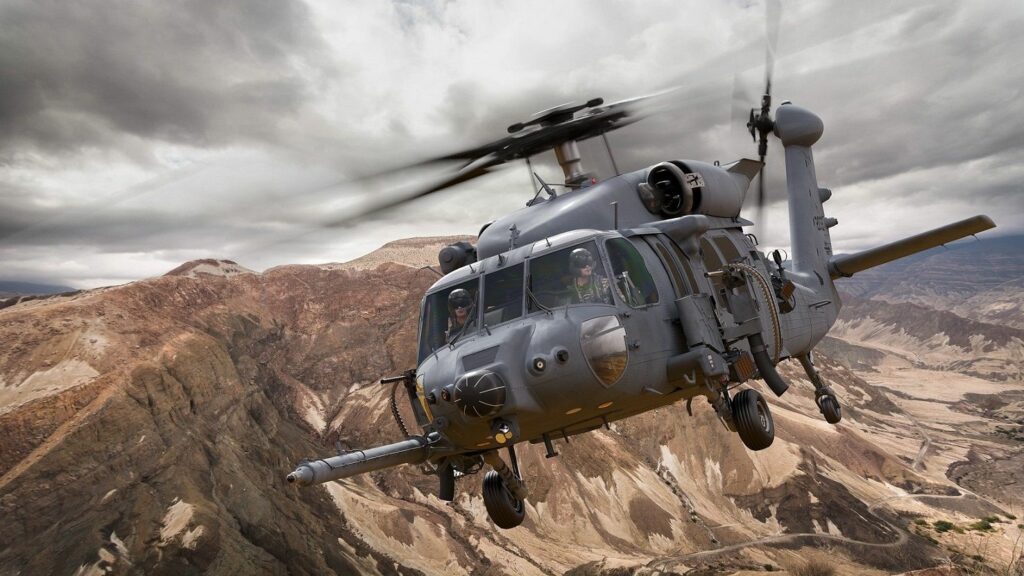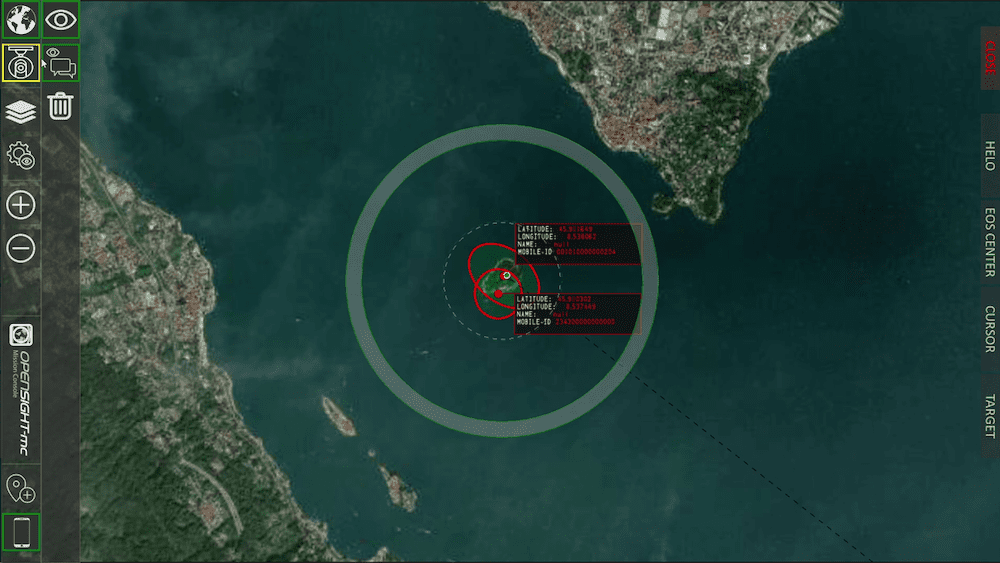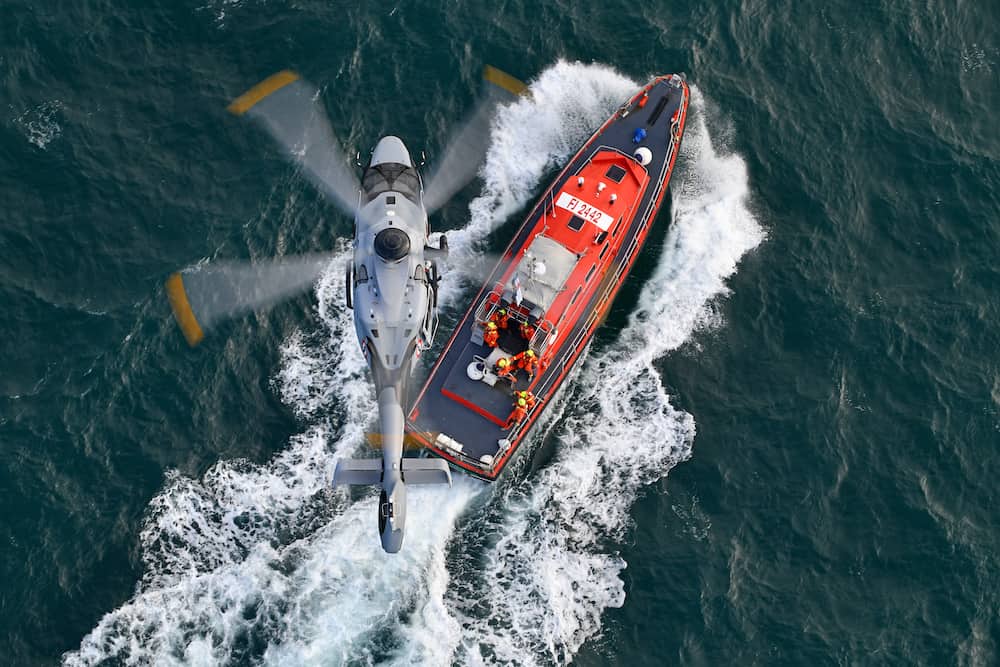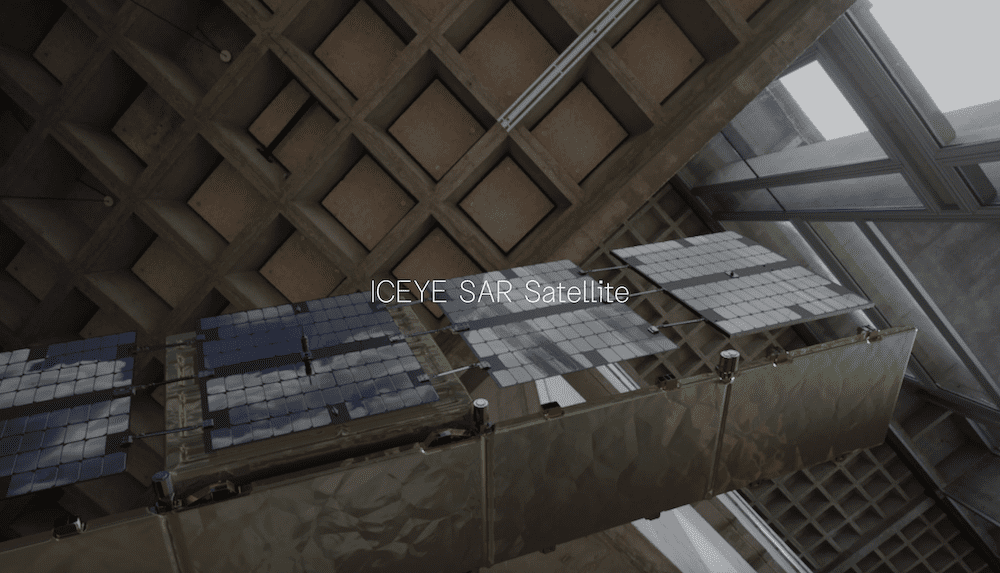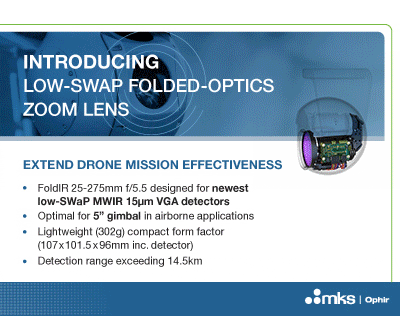CSAR & Military Search and Rescue
Combat search and rescue (CSAR) is a term used by some militaries to specifically refer to the location and retrieval of armed forces personnel in combat zones or battlefield conditions, such as pilots who have been shot down or have ejected from their aircraft.
Military search and rescue can also refer to this, and may also be used more generally to encompass SAR operations that are undertaken using military assets and may involve finding civilians as well as armed forces personnel.
Military search and rescue may take place in a variety of different environments. These can include woodlands, mountainous regions, desert, jungle and at sea. Operations may involve finding people on foot, as well as aircraft and vessels that are in distress.
Platforms, Sensors & Payloads
Combat and military SAR is often undertaken using helicopters and manned aircraft as well as UAVs (unmanned aerial vehicles). They may be equipped with a range of different sensors, including EO/IR imaging sensors for daytime and night-time operations, as well as WAMI (wide-area motion imagery) systems which have an extended field of view and can image large areas of land or water at once.
Military SAR aircraft and helicopters may also be equipped with searchlights that can be configured to operate in different conditions such as fog and sea spray, and be compatible with night vision goggles (NVG). They may be able to drop essential items such as liferafts. Combat SAR platforms may also carry weapons and defensive capabilities.
Military personnel may carry certain items that can improve their chances of being found in a search and rescue situation. These items include locator beacons as well as specially designed survival radios that provide encrypted two-way communications and broadcast GPS locations.
Products (1)
Related Articles

Undersea Sensing, Communications, Imaging, Control and Navigation Solutions for Naval Forces





